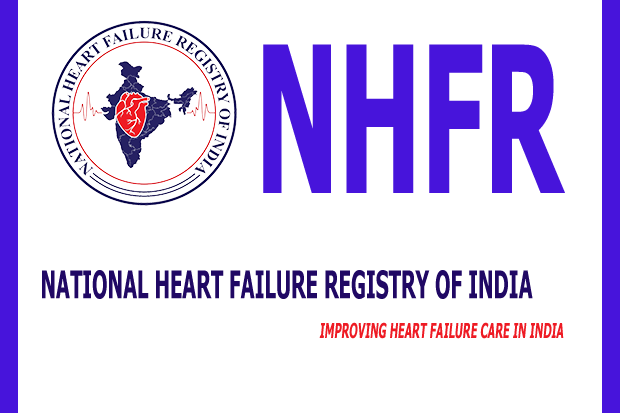India’s heart failure scenario reveals critical concerns, with patients being almost a decade younger compared to high-income countries. According to the National Heart Failure Registry (NHFR), the one-year mortality rate stands at 25%, varying based on the underlying cause of heart failure.
Understanding Heart Failure
Heart failure is a condition where the heart is unable to pump adequate blood to fulfill the body’s requirements. Globally recognized as a significant health challenge, heart failure in India is particularly alarming due to its prevalence among younger individuals, reflecting an urgent public health issue.
Overview of the National Heart Failure Registry (NHFR)
The NHFR serves as India’s first comprehensive heart failure registry, enrolling 10,850 patients from 53 centers across 24 states and two union territories. Coordinated by the Sree Chitra Tirunal Institute for Medical Sciences and Technology, this multicentric initiative aims to guide policy-making for reducing heart failure-related mortality.
Primary Causes of Heart Failure
- Ischemic Heart Disease: The predominant cause, impacting 71.9% of patients.
- Dilated Cardiomyopathy: Accounts for 17.3% of cases.
- Rheumatic Heart Disease: Affects 5.4% of patients.
- Additional causes include non-rheumatic valvular heart disease, congenital heart anomalies, and infective endocarditis.
Analyzing Mortality Rates
The mortality rates within one year post-diagnosis are stark:
- Ischemic Heart Disease: 21.1%
- Dilated Cardiomyopathy: 23.7%
- Rheumatic Heart Disease: 27.5%
- Infective Endocarditis: Highest at 50%
Key Factors Impacting Mortality
Effective management of ischemic heart disease significantly improves survival. However, non-adherence to medications and unhealthy lifestyle choices elevate mortality risks. The NHFR emphasizes the necessity for better awareness and enhanced treatment options, particularly in low- and middle-income settings.
Gender-Specific Insights
Women constitute one-third of the heart failure population, with higher susceptibility to rheumatic and congenital heart diseases. This highlights the need for gender-focused healthcare interventions.
Challenges in Low- and Middle-Income Regions
The NHFR data underscores the severe mortality associated with rheumatic and congenital heart diseases in India, aggravated by limited awareness of acute rheumatic fever and insufficient treatment facilities. Prompt surgical interventions are essential to improve patient outcomes.
Strategic Future Initiatives
To combat heart failure-related mortality, a multi-faceted approach is necessary. This includes advancing disease management practices, raising public awareness, and ensuring timely medical care interventions.




